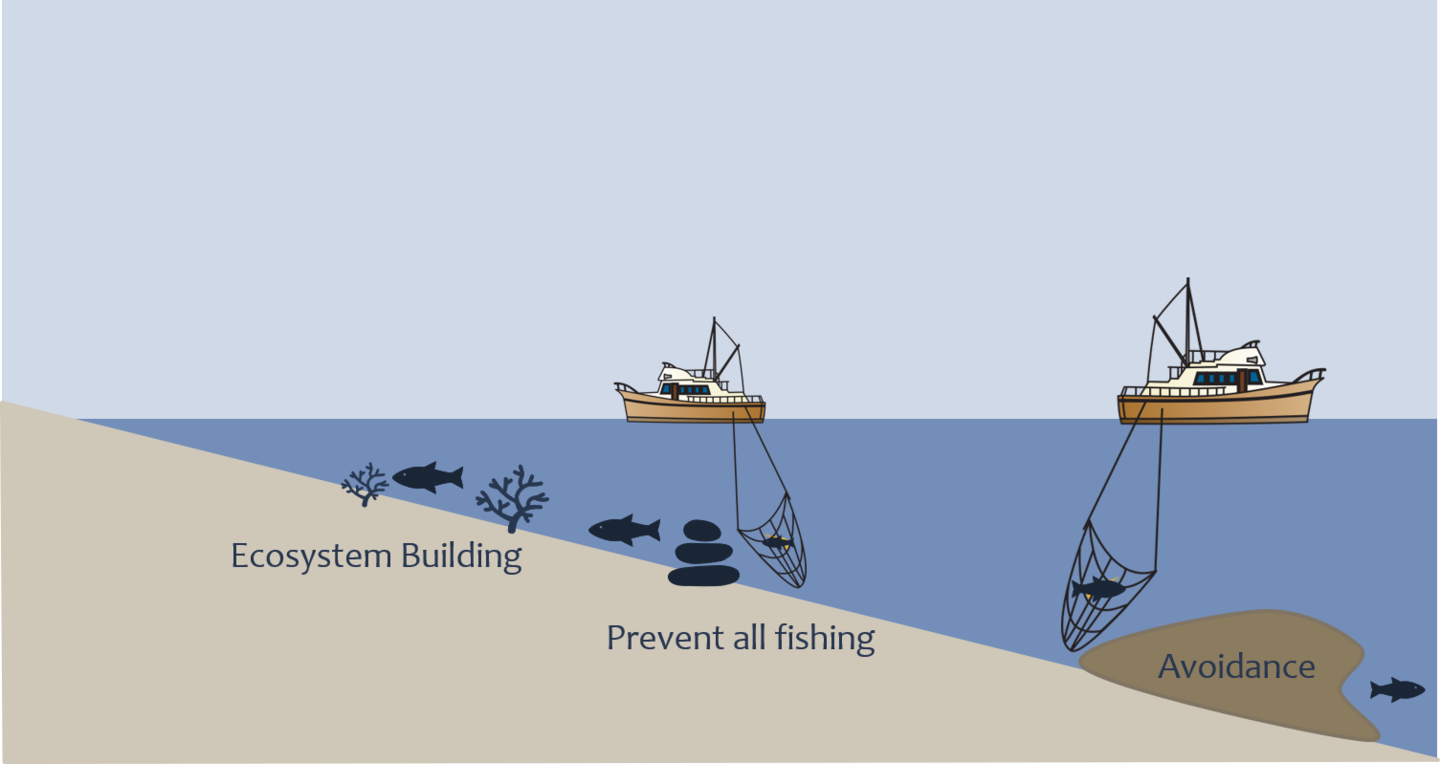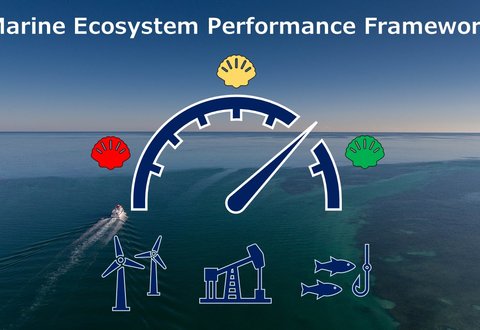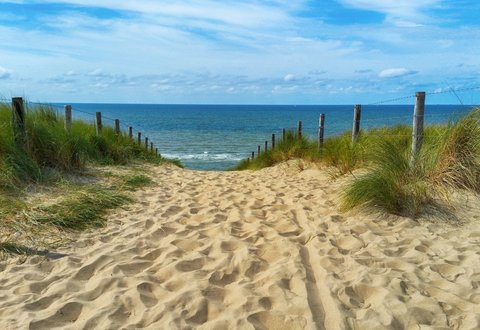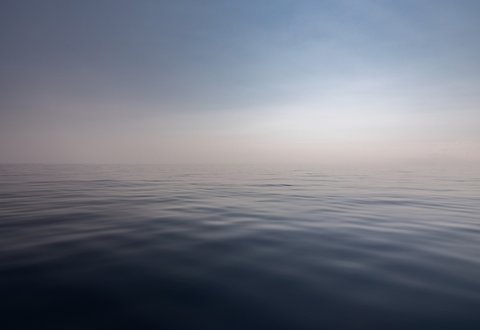
Control and enforcement of seabed disturbance
In the Belgian North Sea, there is a need to limit seabed disturbance in the context of the Marine Strategy Framework Directive (MSFD) and the N2000 Habitat Directive, whereby part of the shallow sandbanks and the gravel banks, as well as the Lanice conchilega reefs, need to be protected.
To limit seabed disturbance, FPS Health, Food Chain Safety and Environment, DG Environment Department, Maritime Environment Unit has identified the need for further research due to the above policy objectives. FPS launched this study to collect information research for the following areas: protection against seabed disturbance, control and detection methods and enforcement strategy.
IMDC was appointed to further research into the possibilities for control and enforcement of zones in the Belgian North Sea where seabed disturbance is or will be forbidden. IMDC developed a seascape concept for prevention and monitoring of seabed disturbance from dredging fishing vessels. The report reviewed a variety of information resources to facilitate an understanding of the current seabed protection and monitoring capacity in the Belgium North Sea. By collating this data on different solutions for protection, control and enforcement, different solutions could be assessed against a large variety of criteria ranging from spatial attributes of areas to European legislation From this assessment of the information and literature review, this IMDC three recommendations for developing effective protection of the seabed and ecosystems within the seabed, and for possibilities for control and enforcement of zones in the Belgian North Sea where seabed disturbance is/shall be forbidden.
The recommendations were:
- Integrate more effectively the current partners and enforcement strategies within state and international levels.
- Combine different tools, using the strong points of one method to cover the limitations of another.
- Access success stories in other countries.
The report concluded with a decision tree and recommendations on the most realistic approach for zones or areas. The figure shows the three main categories of using physical obstructions to stop disturbance of the seafloor.

Data
- Client: FPS Health, Food Chain Safety and Environment, DG Environment Department, Maritime Environment Unit
- Start date: 2021
- Completion date: 2021



